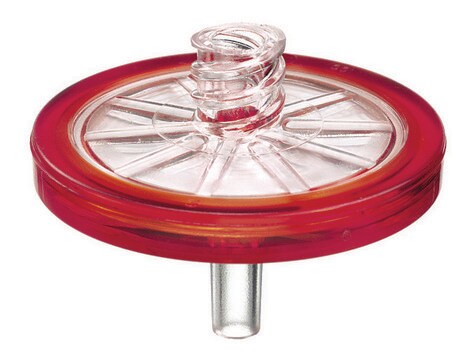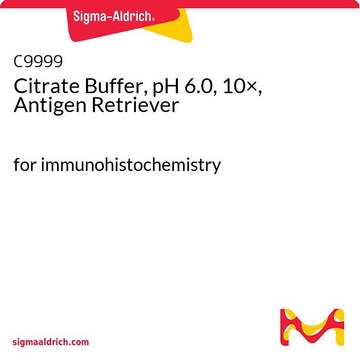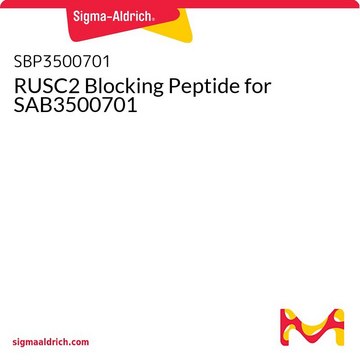SCC201
LOX-IMVI Human Melanoma Cell Line
Human
Sinónimos:
LOX/IMVI, LOX IMVI, LOXIM-VI, LOXIMVI
About This Item
Productos recomendados
Nombre del producto
LOX-IMVI Human Melanoma Cell Line, LOX-IMVI human melanoma cell line is an excellent model for probing mechanisms of metastasis and for evaluation of chemotherapies.
biological source
human
technique(s)
cell culture | mammalian: suitable
General description
Source:
The LOX-IMVI human melanoma cell line was established from a subcutaneous xenograft in nude mice from a lymph node metastasis of a 58-year-old Caucasian male patient with malignant amelanotic melanoma .
Cell Line Description
Application
Cancer
Quality
• Cells are tested negative for HPV-16, HPV-18, Hepatitis A, B, C, and HIV-1 & 2 viruses by PCR.
• Cells are verified to be of human origin and negative for inter-species contamination from rat, mouse, chinese hamster, Golden Syrian hamster, and non-human primate (NHP) as assessed by a Contamination CLEAR panel by Charles River Animal Diagnostic Services.
• Cells are negative for mycoplasma contamination.
• Each lot of cells is genotyped by STR analysis to verify the unique identity of the cell line.
Storage and Stability
Disclaimer
Storage Class
10 - Combustible liquids
wgk_germany
WGK 1
flash_point_f
Not applicable
flash_point_c
Not applicable
Certificados de análisis (COA)
Busque Certificados de análisis (COA) introduciendo el número de lote del producto. Los números de lote se encuentran en la etiqueta del producto después de las palabras «Lot» o «Batch»
¿Ya tiene este producto?
Encuentre la documentación para los productos que ha comprado recientemente en la Biblioteca de documentos.
Nuestro equipo de científicos tiene experiencia en todas las áreas de investigación: Ciencias de la vida, Ciencia de los materiales, Síntesis química, Cromatografía, Analítica y muchas otras.
Póngase en contacto con el Servicio técnico![[1,1′-bis(difenilfosfino)ferroceno]dicloropaladio(II), complejo con diclorometano](/deepweb/assets/sigmaaldrich/product/structures/825/986/4317978b-1256-4c82-ab74-6a6a3ef948b1/640/4317978b-1256-4c82-ab74-6a6a3ef948b1.png)




